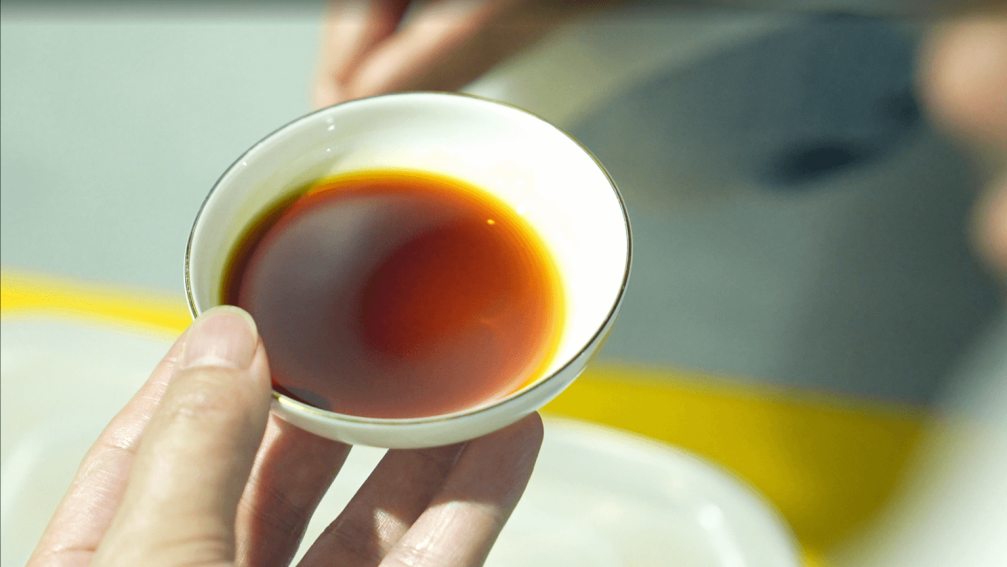
Which Ramen Soy Sauce Is the Most Popular?
Soy sauce is an essential component in the world of ramen, defining much of its rich, umami-packed flavor. Among the variety of soy sauces available, some stand out due to their unique brewing methods, regional characteristics, and flavor profiles that complement ramen dishes best. Determining which ramen soy sauce is the most popular involves examining consumer preferences, production methods, and how condiment manufacturers innovate to meet changing tastes.
This article explores the leading types of soy sauces used in ramen, evaluates their distinguishing features, and analyzes factors influencing their popularity without relying on vague generalities.
Understanding the Role of Soy Sauce in Ramen
Soy sauce, or shoyu in Japanese, serves not only as a seasoning but as a fundamental flavor base in ramen broth. It imparts saltiness, depth, and complexity, balancing the noodles, broth, and toppings. The quality and style of soy sauce can significantly impact the overall ramen experience.
Given the diverse soy sauces available, ramen chefs and consumers alike seek those that offer optimal taste and consistency. These preferences guide condiment manufacturers in refining soy sauce products tailored specifically for ramen applications.

Types of Soy Sauce Commonly Used in Ramen
There are several styles of soy sauce, each bringing a distinct character:
- Koikuchi (Dark Soy Sauce): The most widely used type in Japan, koikuchi is brewed with equal parts of soybeans and wheat, resulting in a rich, well-rounded flavor. Its moderate saltiness and deep color make it a popular choice for classic ramen broths.
- Usukuchi (Light Soy Sauce): Despite the name “light,” usukuchi soy sauce is saltier and lighter in color than koikuchi. It’s often used in regions or recipes where a more delicate flavor and lighter broth color are preferred.
- Tamari: Traditionally wheat-free or low in wheat, tamari soy sauce has a stronger, smoother taste. It is favored for gluten-free ramen recipes and those seeking an intense umami profile.
- Saishikomi (Double-Fermented Soy Sauce): A richer and more complex soy sauce created by fermenting twice, saishikomi provides a bold taste that can elevate premium ramen offerings.
See also: Get Ahead Of Competitors With Strategic PPC Campaigns
Factors Contributing to Popularity
The popularity of a ramen soy sauce depends on several key factors:
- Flavor Balance: Consumers and chefs prefer soy sauces that harmonize saltiness with umami without overpowering other ingredients.
- Versatility: Soy sauces that can work well with different broth bases—whether chicken, pork, or vegetarian—gain broader acceptance.
- Authenticity: Traditional brewing methods often appeal to purists who value craftsmanship and natural fermentation over mass-produced alternatives.
- Health Considerations: Increasing demand for low-sodium and naturally brewed soy sauces influences manufacturer offerings.
Distinctive Features That Appeal to Ramen Enthusiasts
- Aroma: A pleasing soy aroma enhances the sensory experience of ramen.
- Texture: Thickness and mouthfeel of soy sauce contribute to broth richness.
- Color: Deep brown hues enrich the visual appeal of the soup.
- Consistency: Balanced salt and sweetness levels ensure repeatable, satisfying flavor.
Industry Trends and Innovations
Condiment manufacturers continuously refine soy sauces to meet both traditional expectations and modern demands. Some trends include:
- Artisanal Production: Small-batch, naturally brewed soy sauces emphasize quality and depth, appealing to gourmet ramen markets.
- Reduced Sodium Options: Catering to health-conscious consumers, manufacturers produce soy sauces with lower salt content while maintaining umami.
- Flavor Infusions: Incorporating ingredients like mushrooms or seaweed to enhance complexity.
- Sustainability: Focus on eco-friendly production and ingredient sourcing.
Popular Choices Among Consumers
While regional and brand preferences vary, koikuchi soy sauce remains the staple for most ramen dishes globally due to its balanced profile and accessibility. Tamari sees rising popularity in niche markets catering to dietary restrictions and those seeking bolder flavors.
The choice often hinges on the ramen style: lighter shoyu ramen may benefit from usukuchi, while richer broths thrive with saishikomi.
Summary of Attributes
- Koikuchi: Balanced, versatile, traditional.
- Usukuchi: Light color, saltier, subtle.
- Tamari: Rich, gluten-free, bold.
- Saishikomi: Deep flavor, premium.
Condiment manufacturers play a crucial role in preserving these variations while innovating to meet shifting consumer preferences.
Conclusion
Determining the most popular ramen soy sauce involves considering flavor profiles, regional tastes, and production methods. Koikuchi soy sauce leads in global popularity due to its balanced and adaptable character. However, the growing interest in specialty soy sauces like tamari and saishikomi reflects a market that values both tradition and innovation.
Understanding these nuances benefits chefs, consumers, and producers, allowing each to make informed choices that elevate the ramen experience through the perfect soy sauce selection.




